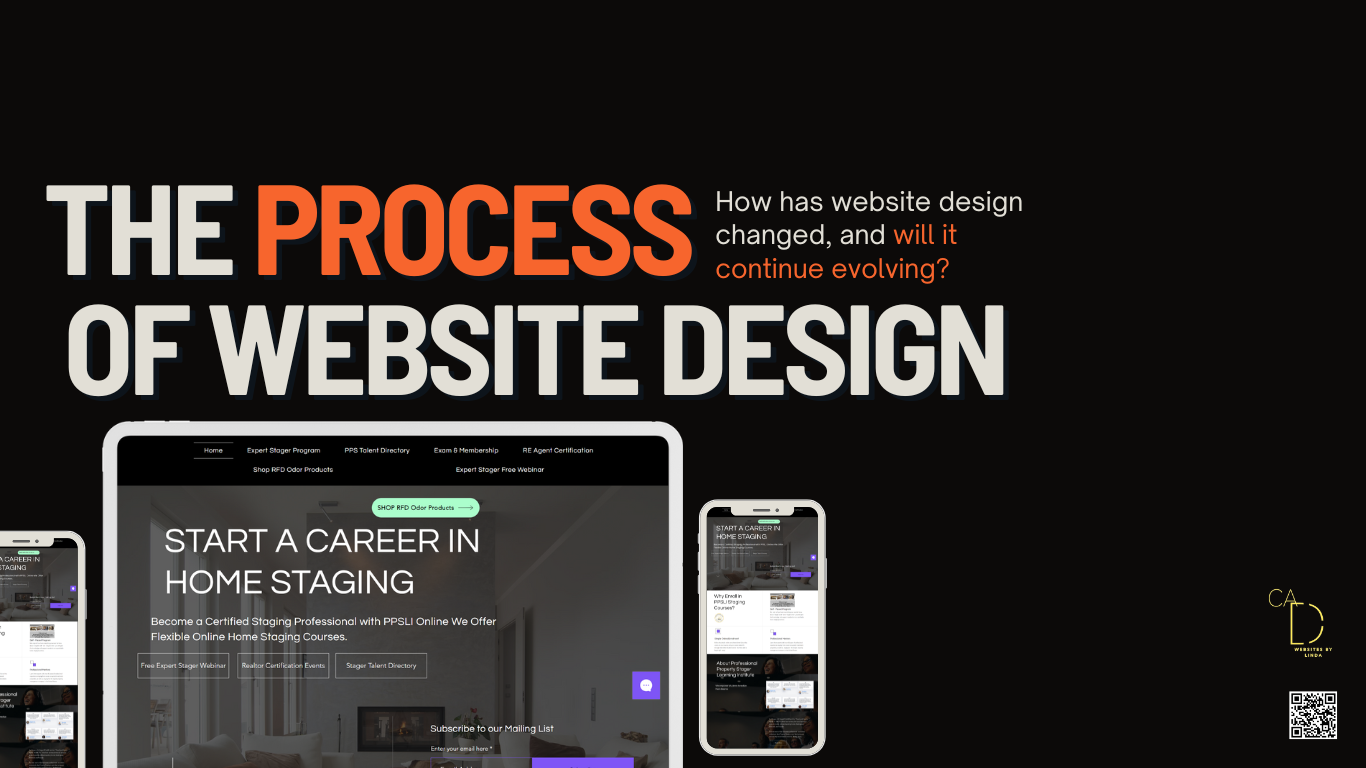

5G Impact on Web Design: Prepares for faster internet speeds, allowing for more sophisticated multimedia and interactive features.
Heatmaps and User Behavior Analysis: Provides insights into user interactions for data-driven design improvements.
**Web Accessibility for
Utilizing UX Writing in Design: Integrating UX writing into web design, focusing on clear, concise, and user-friendly copy that guides and informs the user journey.
Privacy-Centric Web Design: Prioritizing user privacy in web design, with clear data usage policies and user control over their personal information.
SEO in Web Design: Integrates content strategy to enhance visibility and user experience.
Multi-Platform Web Design: Ensures consistency across various devices and platforms, enhancing the cross-platform user experience.
Social Responsibility: Reflecting social values and designing for social causes.
Advanced Analytics: Inform data-driven design decisions, understanding user behavior for optimization.
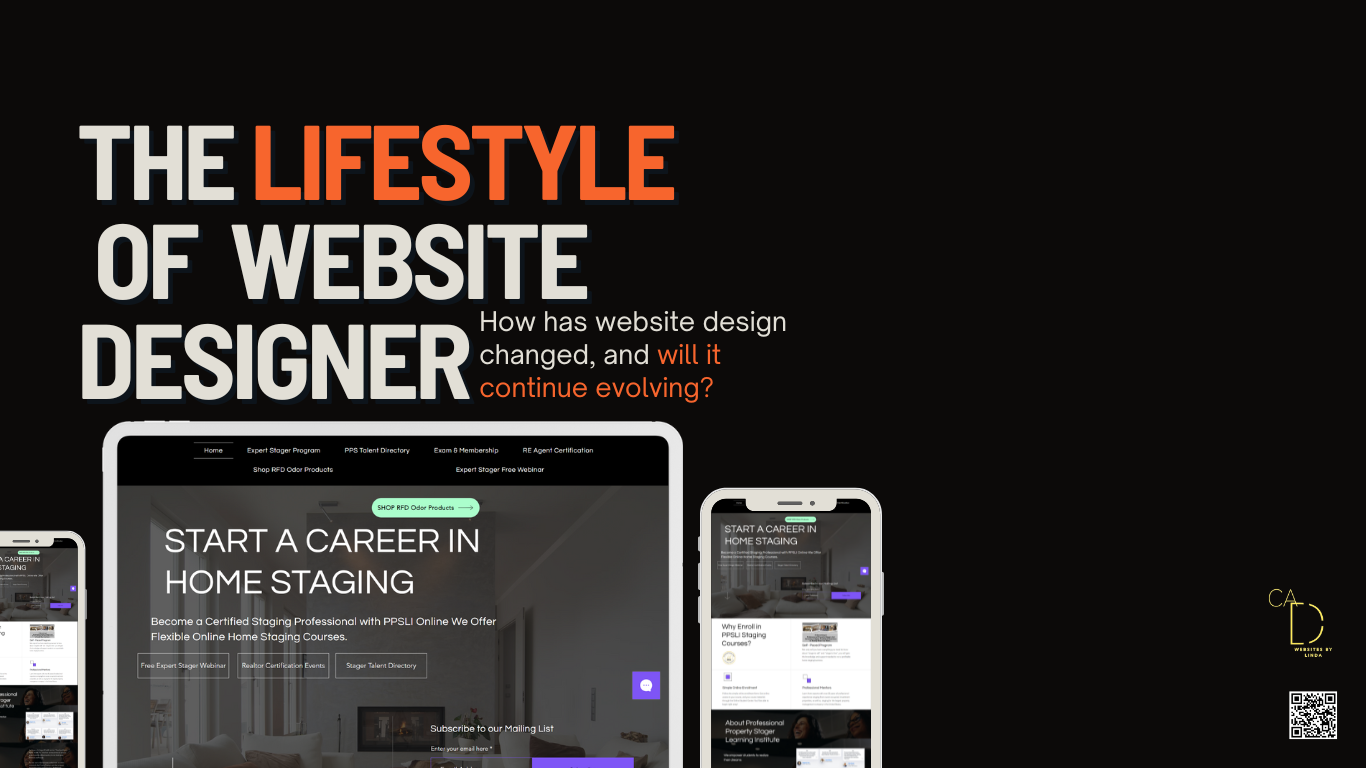
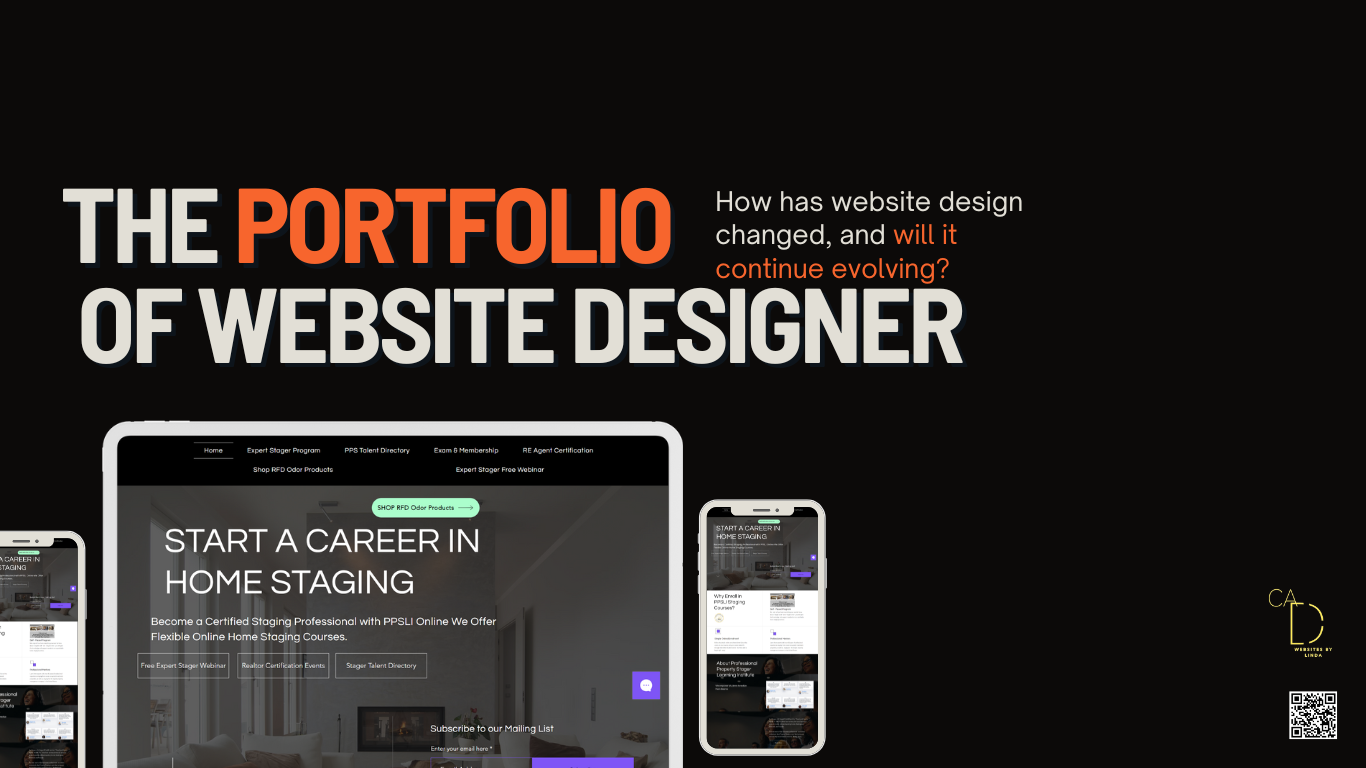
User Testing in Website Design: Involves gathering feedback from users to identify usability issues, informing an iterative design process.
Multi-Modal Interfaces: Designing interfaces that combine various modes of interaction, such as touch, voice, and gestures, for a more holistic and accessible user experience.
From Local to Global Impact: Demonstrates how web design, from local startups in Washington DC to global corporations, profoundly influences digital experiences and trends.
Multi-Language Design: Addresses global markets with culturally and linguistically adapted content.
Responsive Design: Adapts to a range of smart devices, using fluid layouts and flexible images.
Interactive and Dynamic UI Elements: Incorporating interactive and dynamic UI elements that respond to user interactions, providing feedback and enhancing engagement.
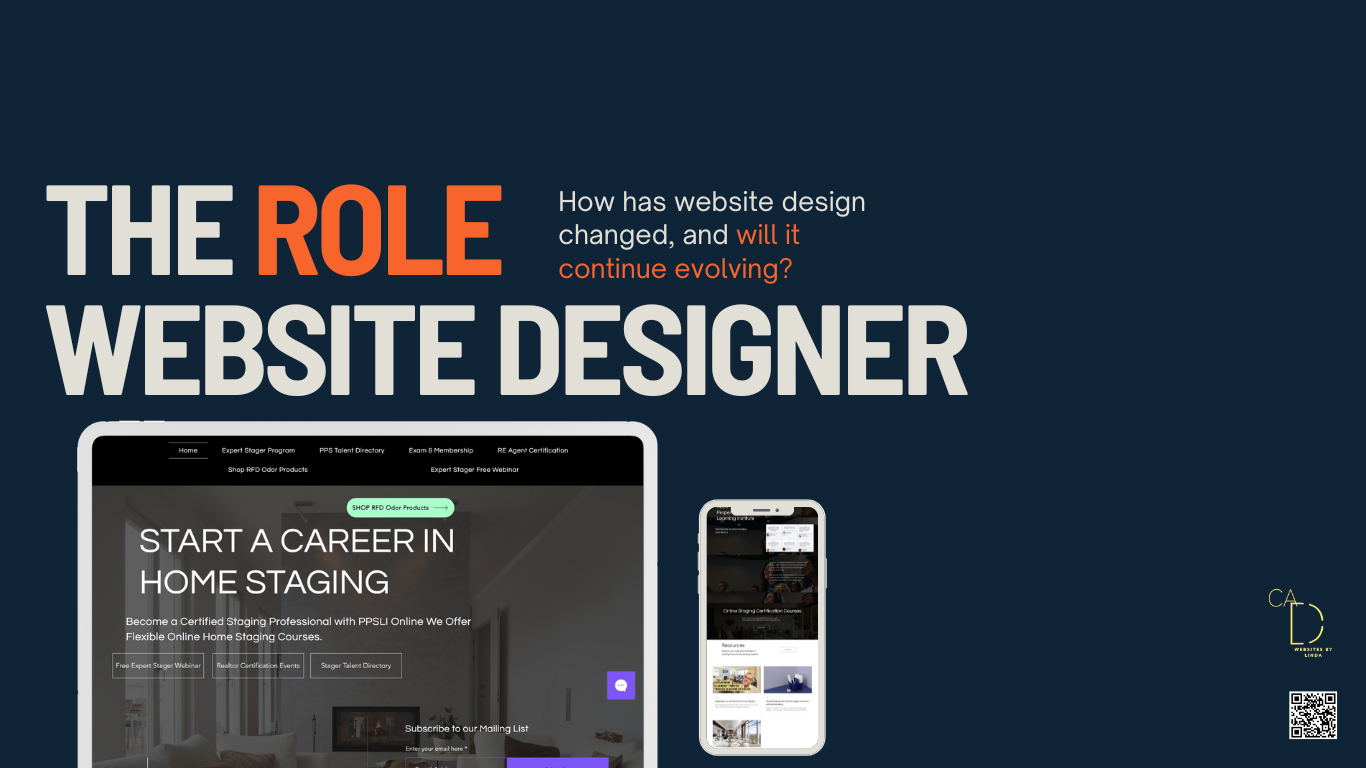

Conversational Interfaces and Chatbots: Enhancing conversational interfaces and chatbots for more natural and effective user interactions, providing support and guidance throughout the web experience.
By utilizing these interactive and immersive elements, the information becomes not only more engaging but also provides a unique, hands-on learning experience that's rare in online contexts.
Responsive Design: Most modern templates are built to be responsive, meaning they automatically adjust to look good on any device, from desktops to smartphones. This is crucial in todays mobile-centric world.
Adaptive Streaming for Video Content: Implementing adaptive streaming technologies for video content, optimizing playback quality based on the user's device and internet speed.
Website Redesign: Involves aesthetic and functional updates to keep pace with evolving trends, based on user feedback and new technologies.
The significance of templates in web design lies in their ability to provide a structured, standardized foundation for creating websites.
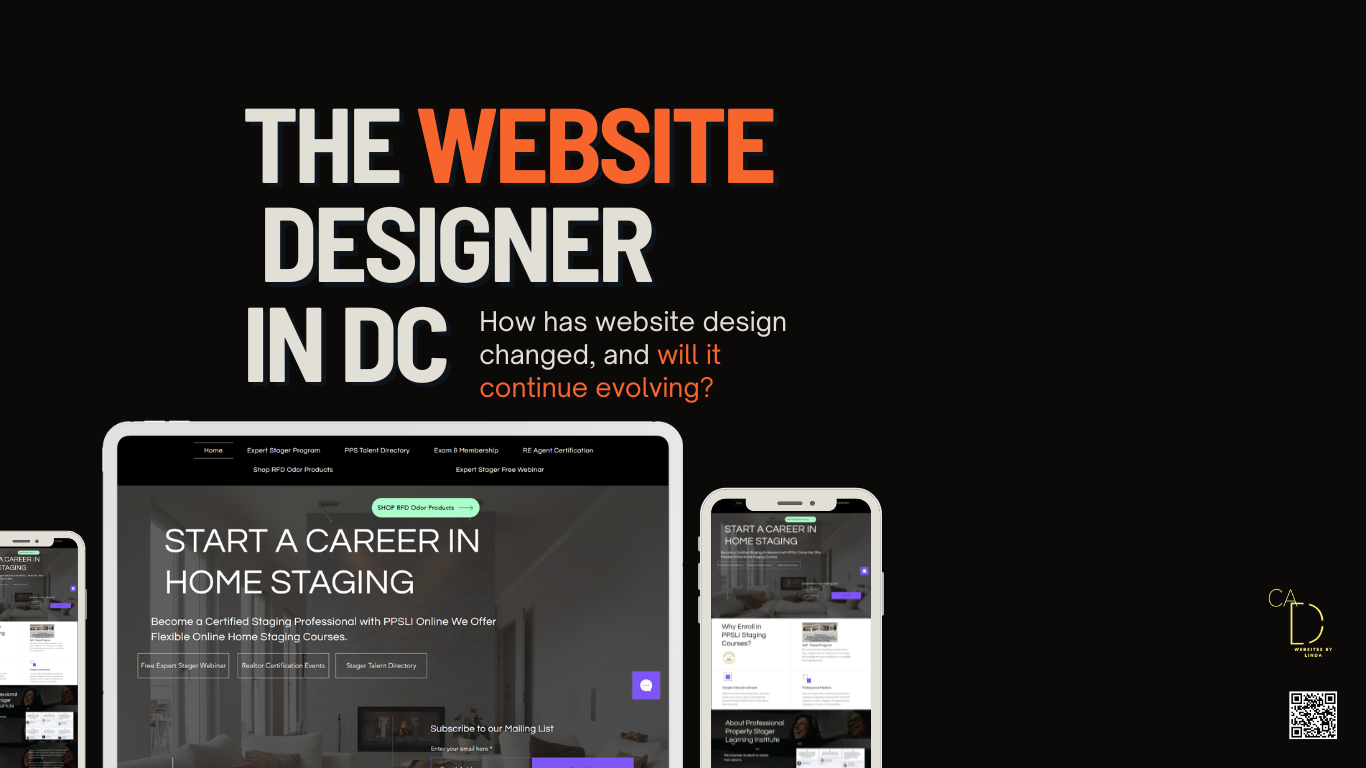
Hourly Rate Reasonably skilled freelance web designers make about $75 per hour. This figure can vary, though, according to CSS-Tricks. Website Builder Expert estimates that the cost to design a website is $30 to $80 per hour, while the cost to actually develop the website is $100 to $180 per hour.
A web designer creates the layout and design of a website. In simple terms, a website designer makes a site look good. They use design programmes to create visual elements and usually have expertise in user interface (UI), which means they strategically design a site that's intuitive and easy for visitors to navigate.
Google Web Designer is a free software tool available for download on both Windows and Mac computers. It does not have any subscription plans or pricing tiers, and users can access all of its features and functionality at no cost.